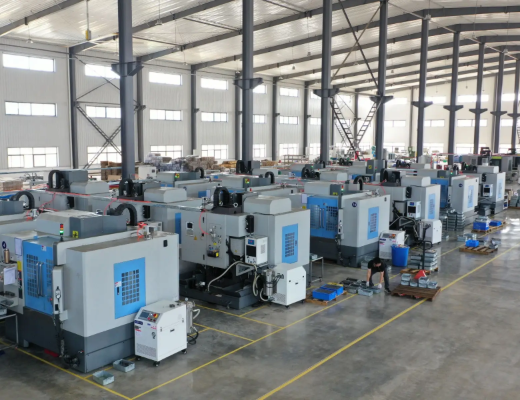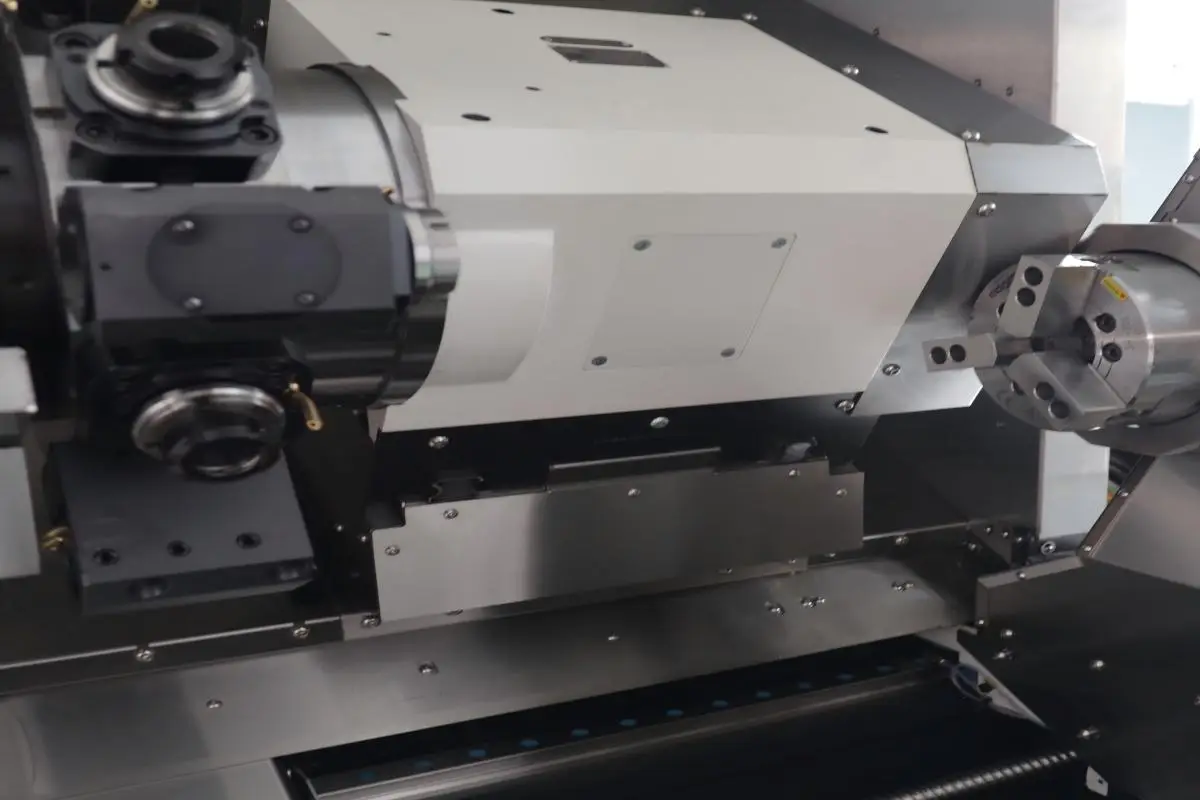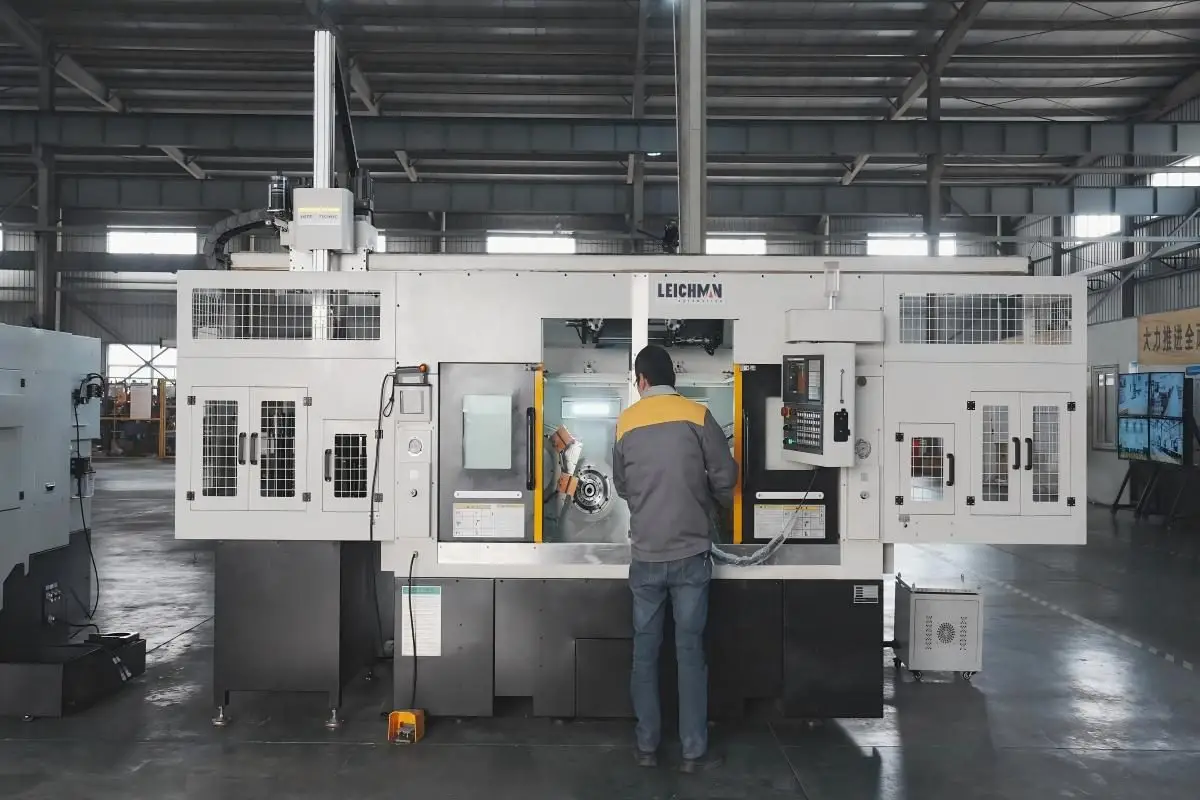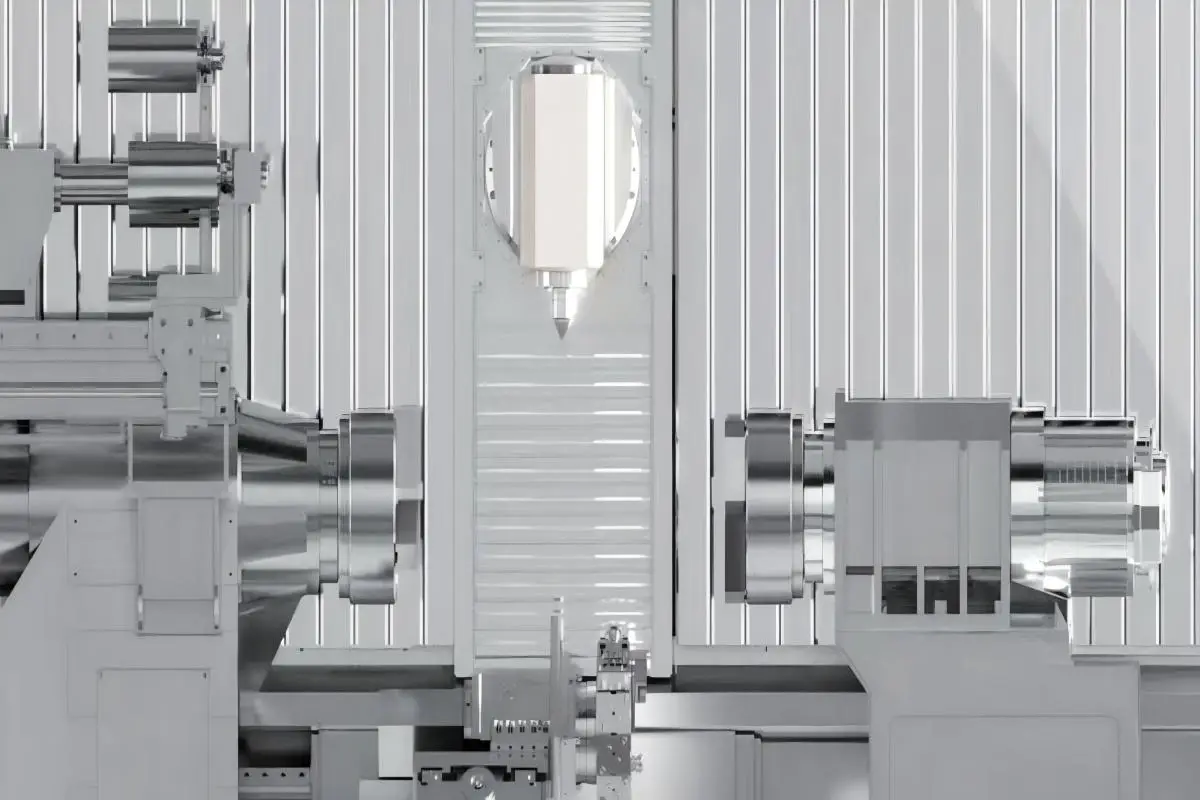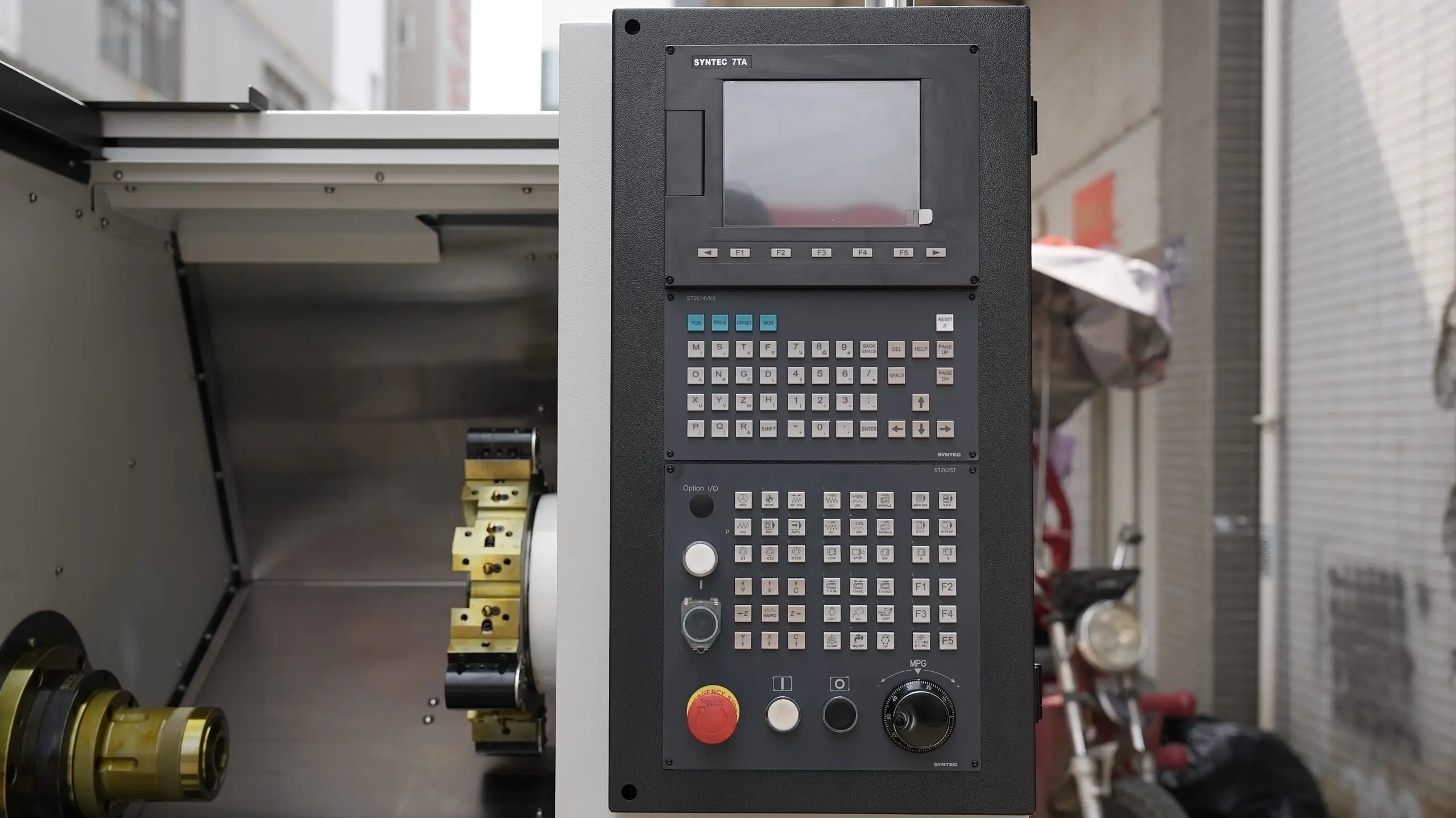In the world of precision manufacturing, understanding the functionality of CNC turning centers is crucial for clients seeking efficiency and quality. CNC turn-mill center manufacturers play a vital role in providing advanced machinery that combines the capabilities of turning and milling processes. This article will explore how a CNC turning center works, focusing on its components, operation, and advantages.
Components of a CNC Turning Center
A CNC turning center, also known as a CNC lathe mill, comprises several key components. The primary elements include the spindle, tool holders, and the workpiece holding system. The spindle rotates the workpiece at high speeds, while the tool holders accommodate various cutting tools that shape the material. Additionally, the control unit allows for precise programming, ensuring that the machine executes complex operations with accuracy. Understanding these components is essential for those looking to purchase from CNC turn-mill center manufacturers.
The Operation of CNC Turning Centers
The operation of a CNC turn-mill center involves several sequential steps. Initially, the workpiece is securely mounted on the spindle. The CNC programming dictates the movements of the tools and the rotation of the workpiece. As the machine operates, the tools engage with the material, performing both turning and milling tasks. This dual functionality allows for the production of intricate shapes and features in a single setup, significantly reducing production time. CNC turn-mill center manufacturers design these systems to optimize performance and enhance productivity for businesses in various sectors.
Advantages of CNC Turning Centers
The advantages of using a CNC turning center are manifold. Firstly, they provide high precision and repeatability, which is critical for manufacturing components that require tight tolerances. Secondly, the integration of turning and milling processes in one machine reduces the need for multiple setups, streamlining production and minimizing errors. Additionally, CNC lathe mills often come equipped with advanced features such as automatic tool changers and real time monitoring, further enhancing their efficiency. For businesses aiming to improve their manufacturing capabilities, investing in technology from reputable CNC turn-mill center manufacturers is a strategic move.
Maximizing Efficiency in Precision Manufacturing
In conclusion, understanding how a CNC turning center operates is essential for clients seeking to enhance their manufacturing processes. By recognizing the components, operation, and advantages of CNC lathe mills, businesses can make informed decisions when purchasing machinery. Leichman offers high-quality CNC turning and milling solutions, such as the LK-1000MY, tailored to meet the demands of modern manufacturing.
